
Edward Clarke Cabot was an American architect and artist.
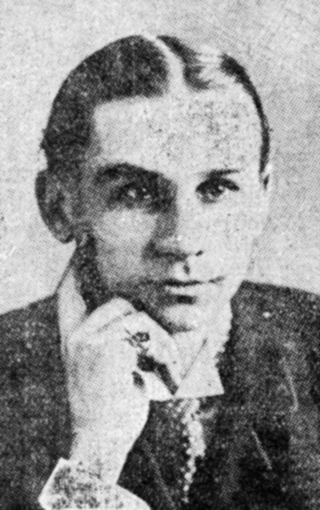
Richard Clipston Sturgis, generally known as R. Clipston Sturgis, was an American architect based in Boston, Massachusetts.
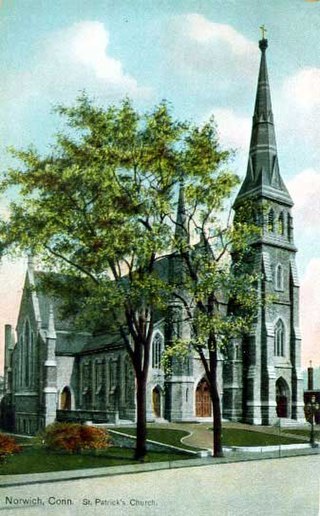
James Murphy, FAIA, (1834–1907) was an Irish-American architect active in late-nineteenth- and early twentieth-century New England, who designed numerous Roman Catholic churches and related structures.
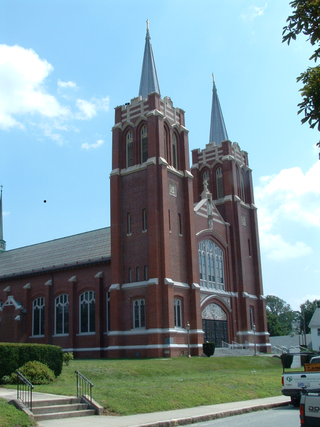
John W. Donohue, AIA (1869–1941) was an American architect who was active in Western Massachusetts during the first half of the 20th century.

Cummings and Sears was an architecture firm in 19th-century Boston, Massachusetts, established by Charles Amos Cummings and Willard T. Sears.

Shepard S. Woodcock (1824–1910) was an American architect practicing in Boston, Massachusetts during the second half of the nineteenth century.

Henry M. Francis, often known as H. M. Francis, was an architect in Massachusetts. A number of his works, alone or with sons, are listed on the United States National Register of Historic Places. His finest work may be the Murdock School in Winchendon, Massachusetts, built in 1887.

John A. Fox (1835–1920) was an American architect. Fox practiced in Boston for fifty years and is best remembered for his works in the Stick Style.
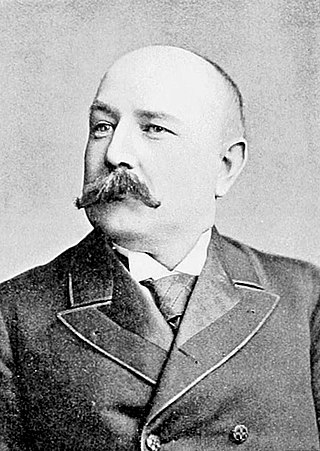
George Fullington Loring (1851–1918) was an architect from Boston, Massachusetts.

Harding and Seaver was an architectural firm based in Pittsfield, Massachusetts, active from 1902 to 1947. It was the partnership of architects George C. Harding (1867–1921) and Henry M. Seaver (1873–1947).

C. Willis Damon (1850-1916) was an American architect from Haverhill, Massachusetts.

Holman K. Wheeler was a prolific Massachusetts architect. Wheeler is responsible for designing more than 400 structures in the city of Lynn alone, including the iconic High Rock Tower which is featured prominently on the Lynn city seal. While practicing in Lynn and Boston over a career spanning at least 35 years Wheeler designed structures throughout the Essex County area, including Haverhill, Marblehead, Newburyport, Salem, Swampscott, and Lynn. Wheeler is responsible for a total of five Lynn structures listed on the National Register of Historic Places, more than any other person or firm.
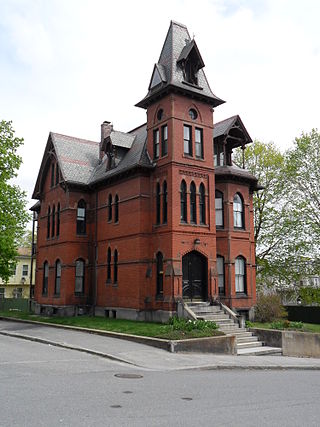
Amos Porter Cutting (1839–1896) was an American architect from Worcester, Massachusetts.
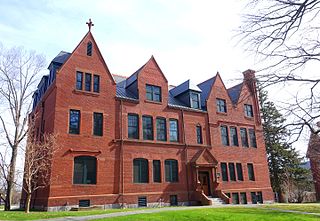
William C. Brocklesby (1847-1910) was an American architect practicing in Hartford, Connecticut.

Newhall & Blevins was an American architecture firm based in Boston, Massachusetts, active from 1903 to 1933. It was the partnership of architects Louis C. Newhall (1869–1925) and Albert H. Blevins (1874–1946). Newhall established a practice alone in 1901, forming his partnership with Blevins in 1903. They were partners until 1919, and remained associated until the death of Newhall in 1925. After Newhall's death, the firm was reorganized as Newhall & Blevins Inc. with John W. Reth (1888–1940) as president and treasurer. Reth was an engineer and construction supervisor who had been with Newhall & Blevins for several years. The firm was dissolved in 1933, apparently due to financial troubles.
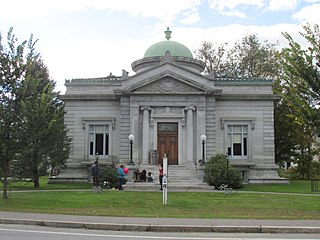
William H. McLean was an American architect from Boston, Massachusetts. He is best known for the design of public libraries, many of which he designed as a member of the firm of McLean & Wright.
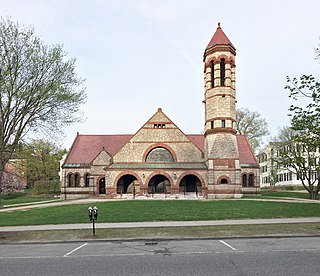
John Lyman Faxon (1851–1918) was an American architect practicing in Boston, Massachusetts, during the late nineteenth and early twentieth centuries. Three of his buildings, the First Baptist Church of Newton (1888), the First Congregational Church of Detroit (1889–91) and the former East Boston High School (1898–1901), have been listed on the United States National Register of Historic Places.
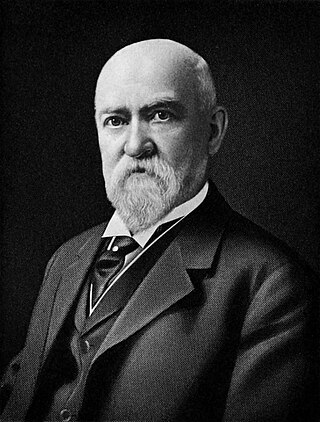
Eugene C. Gardner (1836–1915) was an American architect and author of Springfield, Massachusetts. Gardner was noted both for the architectural influence of his extensive practice as well as his writings on the American home. Gardner was the most notable architect of Springfield.

Francis R. Richmond (1851-1907) was an American architect practicing in Springfield, Massachusetts.

Otis A. Merrill was an American architect. In association with various partners he practiced architecture in Lowell, Massachusetts, from 1873 until 1900.



























